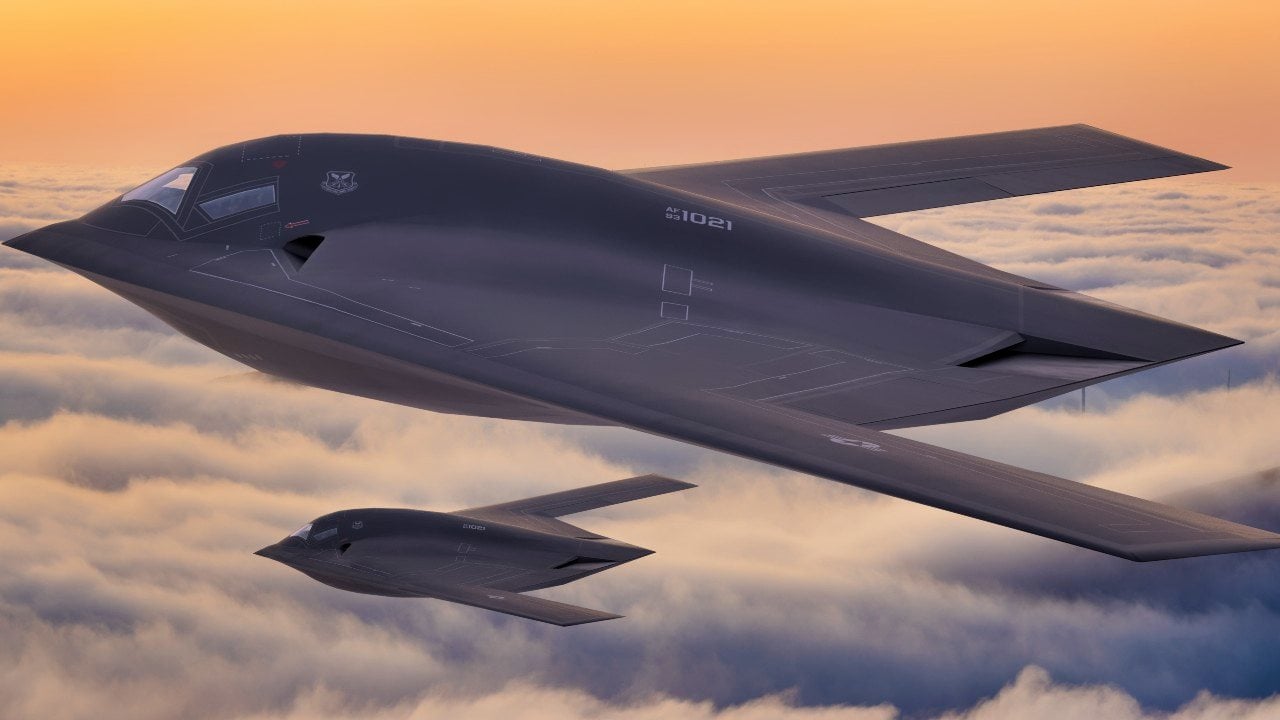The B-21 Raider Bomber Only Has 1 Enemy

Summary: The U.S. Air Force is progressing in the development of the B-21 Raider, a sixth-generation stealth bomber, as part of a global race that includes China's H-20 and Russia's PAK-DA programs. The Raider, expected to be a cornerstone of future U.S. aerial deterrence, boasts reduced per-unit costs following successful negotiations with Northrop Grumman, though specific figures have not been disclosed. It seems costs could be the real enemy for this new stealth bomber.

-This cost reduction is significant, considering past challenges faced by military aircraft programs like the F-35. The B-21 is designed to excel in stealth, intelligence collection, and combat management, with modular systems that allow for technological updates.
-Its introduction is timely, as it counters advancements in similar capabilities by China. The U.S. maintains that the Raider's development is essential for national security, emphasizing deterrence over conflict.
The race to produce the world’s first sixth-generation stealth bomber is on. As the United States moves to introduce its B-21 Raider, China and Russia continue to develop their H-20 and PAK-DA programs.
The United States has long fielded superior bombers. The B-2 Spirit, B-52 Stratofortress, and B-1 Lancer are still lethal aircraft, providing the U.S. Air Force with long-range strike and deterrence capabilities. But the Raider’s timely introduction is crucial, and while some analysts argue that the B-21 program is too expensive to justify, the new bomber is worth the high price tag.
Cost is Decreasing
Following negotiations last month between the Air Force and manufacturer Northrop Grumman, the per-unit cost of the B-21 Raider has gone down. The service’s secretary, Frank Kendall, told the Senate Appropriations subcommittee that the cost decline indicates negotiations are headed in the right direction. The Raider program was expected to cost roughly $692 million per unit in 2022 when the bomber debuted. While the Air Force has yet to announce the specific decrease in price, the service has said that lower costs will not mean lower procurement rates.
While this news is positive for Raider advocates, Northrop has yet to comment on Kendall’s remarks. The manufacturer reported a hefty charge on the Raider program toward the end of 2023, citing increased production costs and other economic disruptions. Kendall has warned that “I’ve seen programs get into trouble because there was too much focus on the platform and not enough on all the things that are necessary to support it,” adding that “hopefully, we will have avoided that in the case of the B-21.”

Around this time, the Pentagon’s undersecretary of defense for acquisition and sustainment, William LaPlante, said that the Raider would be produced at an intentionally low rate in case of looming budgetary cuts. He also noted that lessons learned from the F-35 Joint Strike Fighter program brought about new measures to ensure lower costs and a smoother production process.
What We Know About the Raider Program
The Raider is designed to be the Air Force’s intelligence collection platform, battle manager, and interceptor aircraft. In 2022, the Raider was officially unveiled at Northrop’s production facilities in Palmdale, California.
Smaller than its Spirit predecessor, the B-21 will be more difficult for enemy aircraft and radar to detect—an essential attribute.
The new bomber is also expected to incorporate modular systems that will enable upgrades to the airframe as new technologies emerge—similar to the F-35 Lightning II.
Regardless of the Raider’s final price tag, this new bomber fleet is essential to U.S. national security. Its timely introduction is crucial, considering the progress Beijing has made toward its own H-20 stealth bomber. As U.S. defense secretary Lloyd Austin said during the unveiling of the Raider: “America’s defense will always be rooted in deterring conflict. So we are again making it plain to any potential foe that the risk and the cost of aggression far outweigh any conceivable gains.”
About the Author: Maya Carlin
Maya Carlin, National Security Writer with The National Interest, is an analyst with the Center for Security Policy and a former Anna Sobol Levy Fellow at IDC Herzliya in Israel. She has by-lines in many publications, including The National Interest, Jerusalem Post, and Times of Israel. You can follow her on Twitter: @MayaCarlin.
